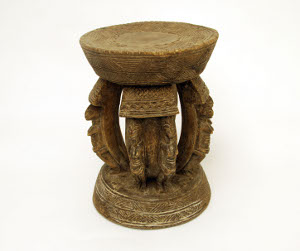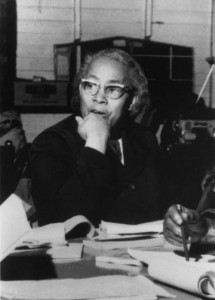Today’s post was authored by a Guest Contributor, independent historian Jeffrey Green of England.
When I returned to Charleston in June 2010 to attend the Charleston Jazz Initiative’s weekend, I visited the Avery Research Center to investigate a postcard of Buckingham Palace. Mailed in 1914, the postcard was addressed to the son of English-born Ellen Craft Crum of Charleston.
Prior to my South Carolina excursion, an Avery archivist had contacted me as the card seemed to be from Edmund Jenkins, whose biography I wrote in 1982. I drove twenty miles to Ockham Park, where Ellen Craft Crum’s fugitive slave parents had lived in the 1850s, in order to visit All Saints Church and examine its baptism register. The link between Charleston and England continued, as I discovered images of that very church in Avery’s recent acquisition, the Craft and Crum Family Papers.




Recent Comments